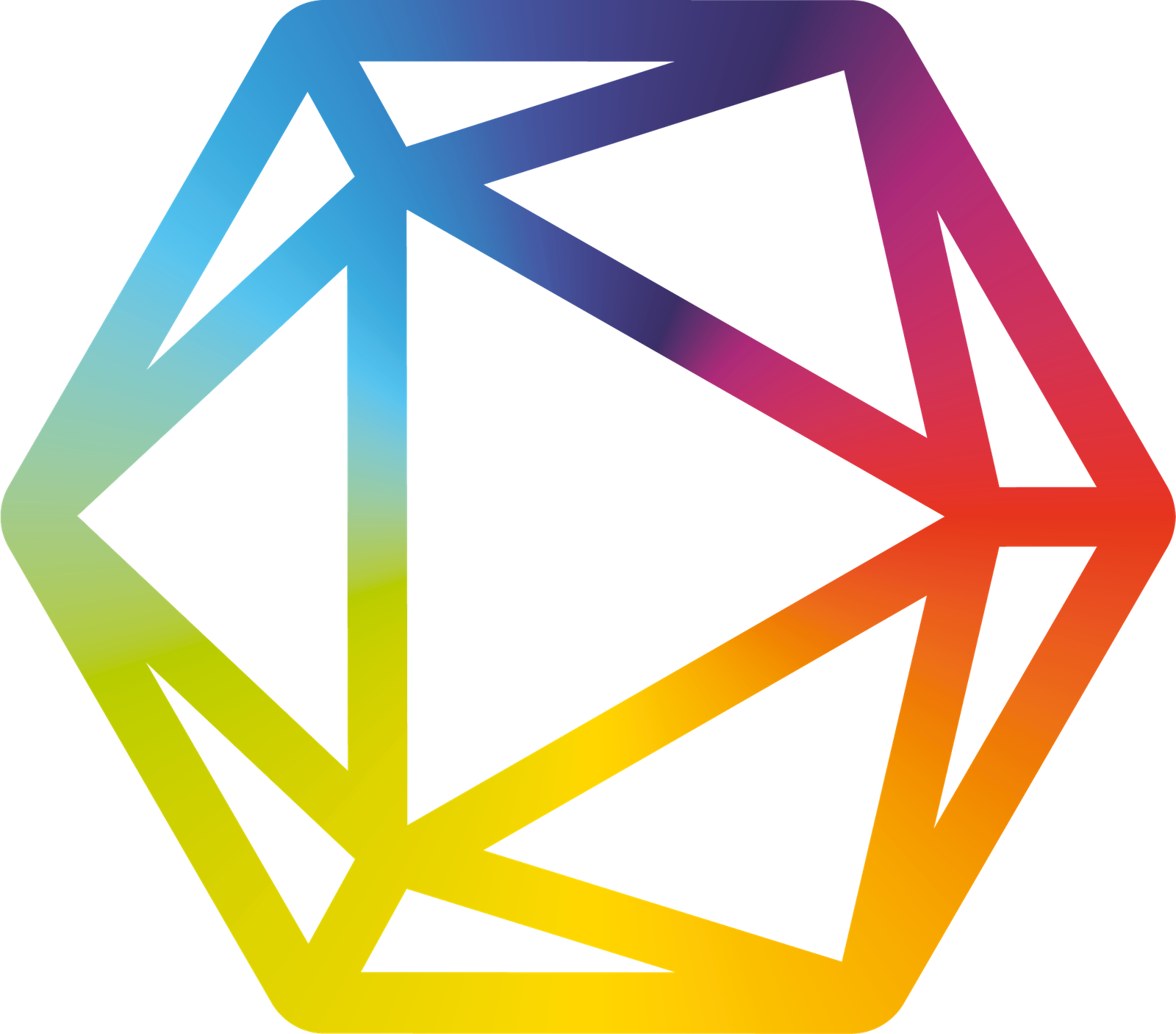Genus Alga pada Lahan Sawah Organik yang Ditanami Padi Lokal dan Inhibrida di Subak Jatiluwih, Tabanan
Abstract
Algae Genus in Organic Rice Fields Planted with Local and Inhibrida Rice in Subak Jatiluwih, Tabanan. The abundance of microalgae in rice fields, especially microalgae from Cyanophyta division that are capable of fixing nitrogen, is very important helping maintain soil fertility. The aim of this study was to find out the genus of algae in organic rice fields of Subak Jatiluwih, Tabanan. The research was conducted from September 2018 to April 2019. Sampling was done in Subak Jatiluwih. Algae breeding were carried out at Biology and Physics Laboratory, Faculty of Agriculture, Udayana University. This research method uses descriptive quantitative. The implementation of the research included the determination of location, soil and water sampling, identification of algae, and analysis of algae genera. Enrichment algae was carried out using the MPN method, results of the analysis of algae genus were found in 37 genera from 3 divisions i.e Chlorophyta, Cyanophyta and Chrysophyta. Descriptive quantitative method Most Probable Number (MPN) calculation conclude that there are not much different from the Local and Inhibrida rice fields. The maximum population algae of local rice fields is 1.100 cell g-1 and Inhibrida rice fields is >1.100 cell g-1 of land. The minimum population is 3,6 cell g-1 of land in local rice fields, and 9,2 cell g-1 of land in Inhibrida rice fields.
Downloads
References
Bellinger E.G, and David C. S., 2010. Freshwater Algae: Identification and Use as Bioindicators. John Wiley and Sons, Ltd.
Blodgett, R. Appendix. 2006. Most Probable Number from Serial Dilution. BAM (Bacteriological Analytical Manual), Chapter 4. FDA (Food and Drug Administration). U.S. Department of Health & Human Services.
Erdiana, L. 2010. Keanekaragaman dan Kelimpahan Alga Mikroskopis pada Daerah Persawahan di Desa Sungai Lumbah Kecamatan Alalak Kabupaten Barito Kuala. Jurnal: Wahana-Bio. http://bbpadi.litbang.pertanian.go.id/index.php/varietas/inbrida-padi-sawah-irigasi-inpari/content/item/1-ciherang.
Levasseur, M. J. C., and Legendre, L., 1984. Hierarchial Control of Phytoplankton Succession by Physical Factors. Journal: Mars, Ecol. Prog. Ser.
Niswati, A. 2008. Perubahan Populasi Protozoa dan Alga Dominan pada Air Genangan Tanah Padi Sawah yang Diberi Bokashi Berkelanjutan. Lampung: J. Tanah Trop., Vol. 13, No. 3, 2008: 225-231 ISSN 0852-257X.
Prescott, G.W. (1970). The Freshwater Algae. University of Montana. WM.C. Brown Company Publishers. Dubuque, Lowa.
Sari, N. K. 2008. Pemanfaatan Biosolid. Klaten: Yayasan Humaniora.
Sari, W.E. 2011. Isolasi Dan Identifikasi Mikroalga Cyanophyta dari Tanah Persawahan Kampung Sampora, Cibinong, Bogor. Jakarta: UIN Syarif Hidayatullah
Sari, R.M., Sri Ngabekti, F. Putut Martin H. B. 2013. Keanekaragaman Fitoplankton di Aliran Sumber Air P Condrodimuko Gendongsongo Kabupaten Semarang. Jurnal: Unnes Journal of Life Science.
Sugiyono. 2013. Metode Penelitian Kuantitatif, Kualitatif dan R&D. Bandung: Alfabeta. CV
Vance,C.P. and Griffith,S.M.1993. The Molecular Biology of N Metabolism in Plant Physiology, Biochemistry and Molecular Biology. Edited by Dennis, D.T. and Turpin,D.H. Longman Scientific and Technical. England.
Van Vuuren, et al. 2006. Easy Identification of The Most Common Freshwater Algae. Afrika Selatan: North-West University and Department of Water Affairs and Forestry.











